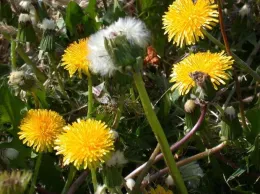
Once they take over your yard, weeds are difficult to manage or eradicate. Pioneer plants, or “weeds”, as we know them, grow in bare soil, and even though they perform fundamental ecological functions like replenishing organic matter, protecting soil from erosion, and restoring soil life, they are unwanted in our gardens because they compete with other plants for sunlight, water, air, and space.
The broadleaf weeds
They are a separate group from grasses and often are found in lawns and are one of the most common weeds found in California gardens. Broadleaf weeds have soft stems and flat leaves with net-like veins. Many produce eye-catching flowers, and they can often have a combination of thin roots and taproots. Many broadleaf weeds spread through their seeds and rhizomes. Some examples of broadleaf weeds are:
Dandelion: is one of the most prevalent, and it is easy to identify by its yellow flower that develops into round seed white billow balls.
Clover: has leaves that alternate with one another along the stem and consist of three leaflets and produce a white flower.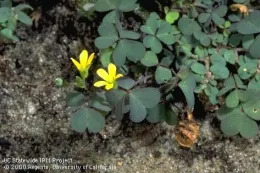
Management:
Cultivation (hoeing) and hand-weeding are useful to selectively remove weeds from ornamental plantings. Frequent removal of weeds when they are small and have not yet set seed will rapidly reduce the number of annual weeds over time. Use mulch. Mulches suppress annual weeds by limiting light required for weed establishment. When managing weeds in lawns, pay attention to mowing. Each turfgrass species has specific mowing-height requirements (see Mowing Your Lawn and Grasscycling). Mowing some grasses too short can weaken the turfgrass and increase weed invasions. Alternatively, if some grasses are not mowed short enough, the thatch layer can build up, reducing water penetration and weakening the turfgrass. Poor irrigation practices can weaken turfgrass, allowing weeds to invade.To find out how often and how much your lawn should be watered, click here. Maintain a lawn care and weed control schedule to prevent broadleaf weeds before they grow and fertilize your lawn accordingly to keep it looking lush, dense, and healthy.
For more information, visit:
Weed Management in Lawns
Weed Managament in Landscapes
Weed Gallery - Broadleaf Weeds
DISEASE: Leaf Spot
Leaf spot disease is a plant disease that can cause discolored leaf spots on leaves. Fungi, bacteria, or viruses can cause these spots. Leaf spot disease is most common in late summer and fall since landscape trees and shrubs have a lower resistance to infections during dormancy. These pathogens rarely cause long-term damage to trees.
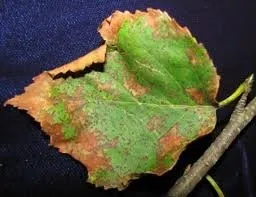
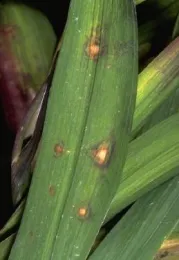
Symptoms of leaf spot disease include:
Leaves turning brown or black, small dots or raised areas, irregular yellow or brownish patches, leaves falling off the tree.
Solutions:
According to experts infestations can be tolerated in most cases. Still, it is recommended that promptly removing fallen leaves and debris helps because many pathogens are favored by moisture, so avoid overhead sprinklers and irrigate early in the morning so the foliage has time to dry. Usually, fungicide treatments are not warranted.
For more information, please visit: Leaf spot diseases
PESTS: Yellowjackets
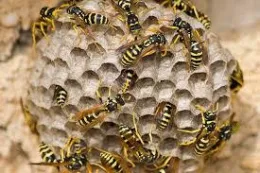
Management:
The best way to prevent unpleasant encounters with social wasps is to avoid them. If you know where they are, try not to go near their nesting places. Yellowjackets are attracted to sugary foods or soda cans in garbage containers—one way to reduce the local population is by frequently removing waste and maintaining tight lids on all trash receptacles. If a wasp nest must be eliminated, calling for professional help is the easiest and safest. Some local
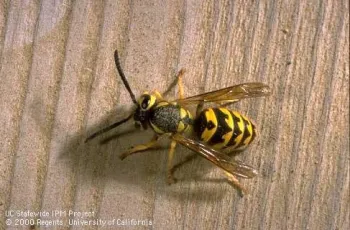
For more information, please visit:
Yellowjackets and other social wasps
Video- Distinguishing between yellowjackets, wasps, and look alikes

